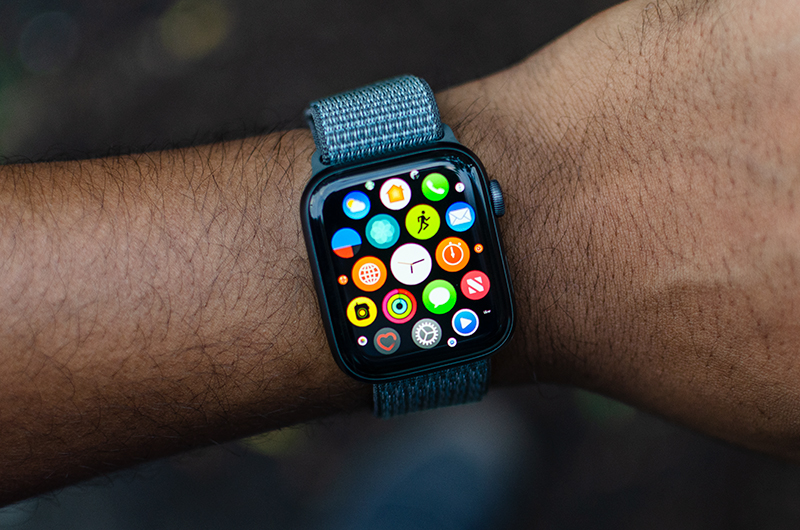Despite appearances, Apple Watch and Oura Ring compete for a large portion of the same audience.
While Apple’s Watch has additional connectivity capabilities (Oura Rings cannot accept calls or send emojis), Oura is chosen by people who prefer a more streamlined design. At only 4-6 grams, the device resembles a standard gold, silver, or titanium ring and may be more appropriate to wear to more formal occasions.
Additionally, because it is much smaller than the Apple Watch and lacks a screen, it requires fewer charging sessions. The most recent models of the Horizon and Heritage rings promise a battery life of up to a week.
READ MORE: Apple Says That ChatGPT Is Included Into iOS 18 For iPhone
Oura also includes an innovative function that its fans adore: sleep tracking. While many Apple Watch users charge their devices each night, Oura customers wear their rings to bed. While they sleep, Oura collects data on their awake time and various sleep periods, such as REM. It then applies these findings to generate a preparedness score for the following day.

Other devices provide comparable functions. The WHOOP band, which is chosen by a lengthy number of body builders and podcasters, provides many scores such as strain, sleep, and recuperation, which assist users understand how prepared they are for the upcoming workout or day.
While the Apple Watch has provided some sleep insights, it has not provided the same comprehensive range of strain, stress, and recovery information as its competitors. These insights are unique to each device and require extensive backend engineering to produce consistent, accurate data.
It’s not like Apple lacked these engineering capabilities. It only realized how important such analytics were to wearable consumers when competitors started supplying them.
READ MORE: With A Market Capitalization Of $3.01 Trillion, Nvidia Has Surpassed Apple
And it is now beginning to offer them as well.
Apple will bring the new Vitals app with the all-new watchOS 11 upgrade, which will be released later in 2024.

Vitals will measure many of its competitors’ activities during sleep, including:
Heart Rate
Respiratory rate
Sleep Duration
Blood oxygen levels
READ MORE: An Outdated Parental Control Flaw That Allows Children To Bypass Web Filters Is Being Fixed By Apple
The software will then notify users the next morning with a status report on their general health and well-being. Vitals will also use this information to alert users to potential issues. For example, a user may be notified of a higher-than-average respiratory rate for two or more days, which could be caused by an elevation change or other variables.

Apple Watch will supposedly provide information into training loads, similar to WHOOP’s strain measurement. This allows users to track their training intensity and compare exercises to baseline performances, which can be useful for setting new personal records or preparing for a competition.
After years of waiting, Apple will now allow users to pause their tracking rings, which assess daily activities. This can be useful if a user is sick or recovering, or if they simply want a break from the constant reminders to get up and move.
Radiant TV, offering to elevate your entertainment game! Movies, TV series, exclusive interviews, music, and more—download now on various devices, including iPhones, Androids, smart TVs, Apple TV, Fire Stick, and more.


